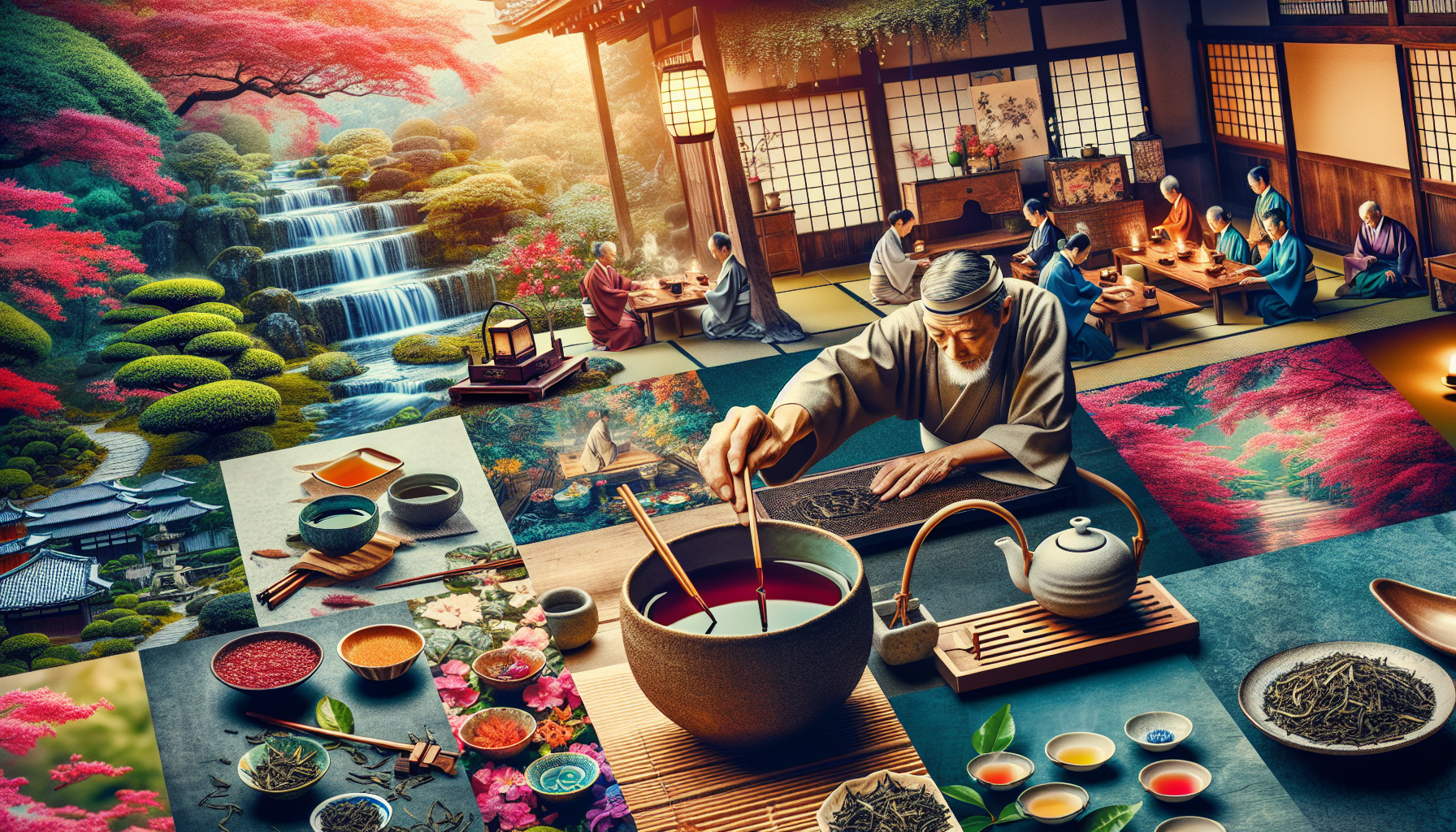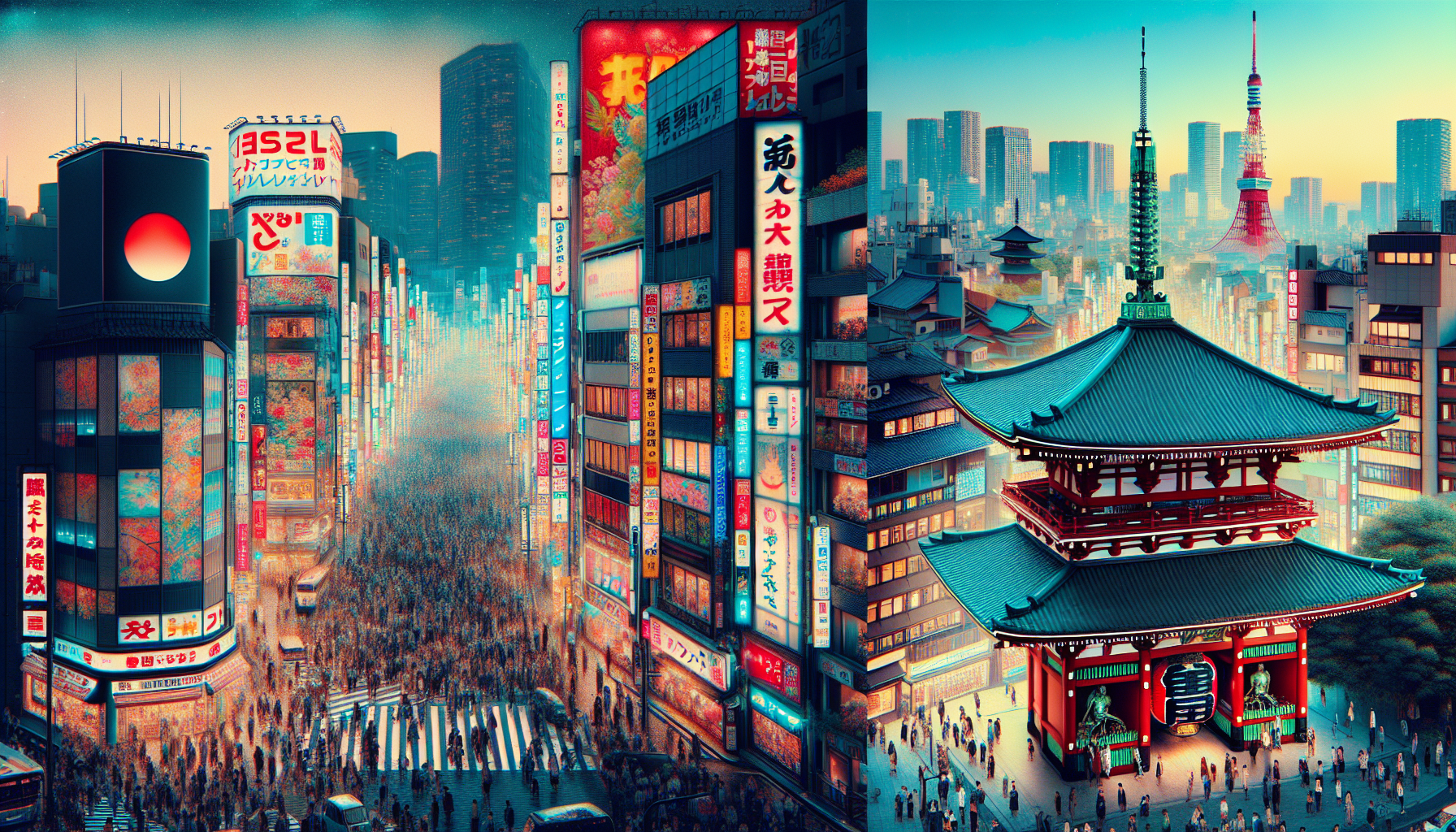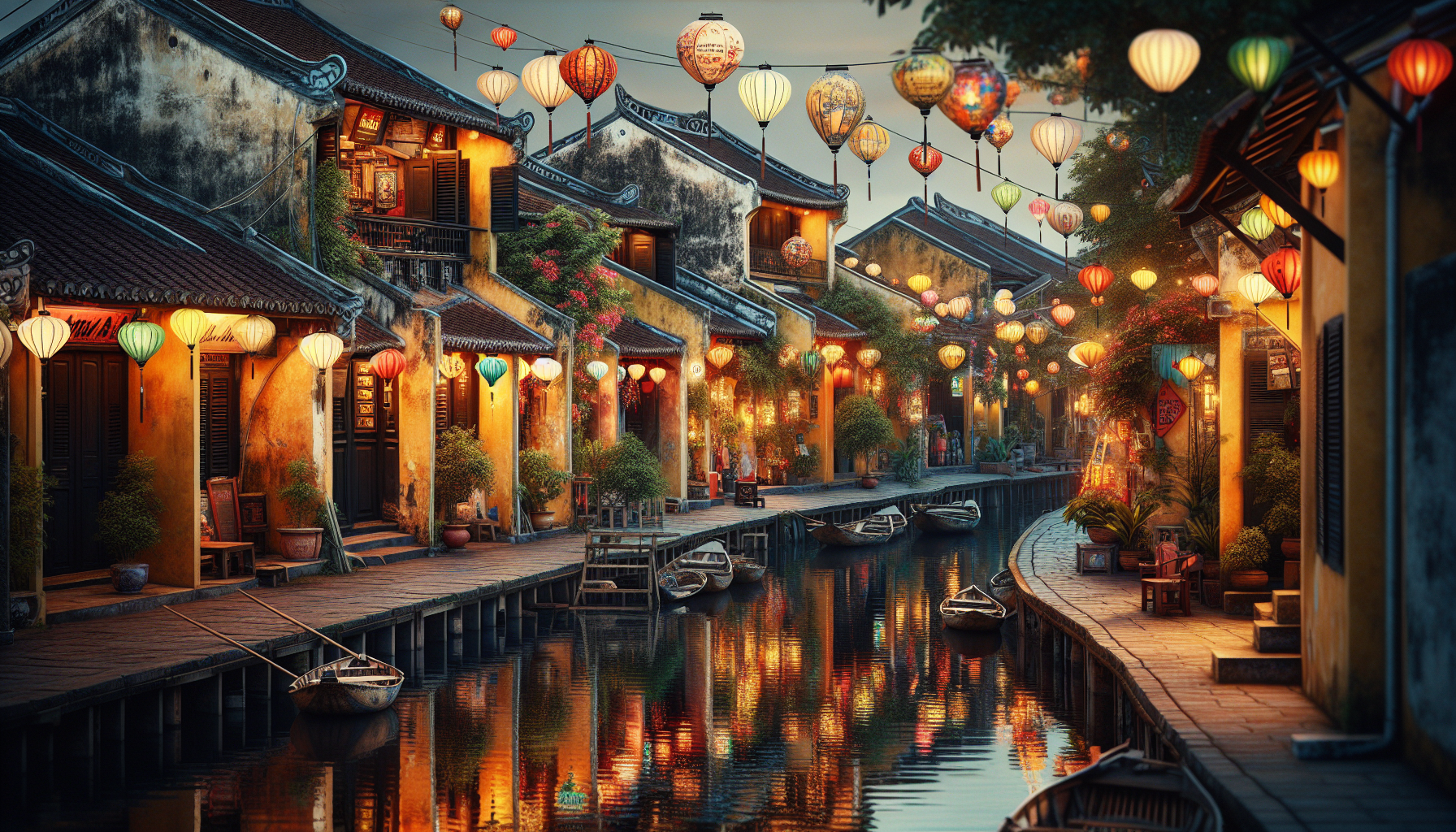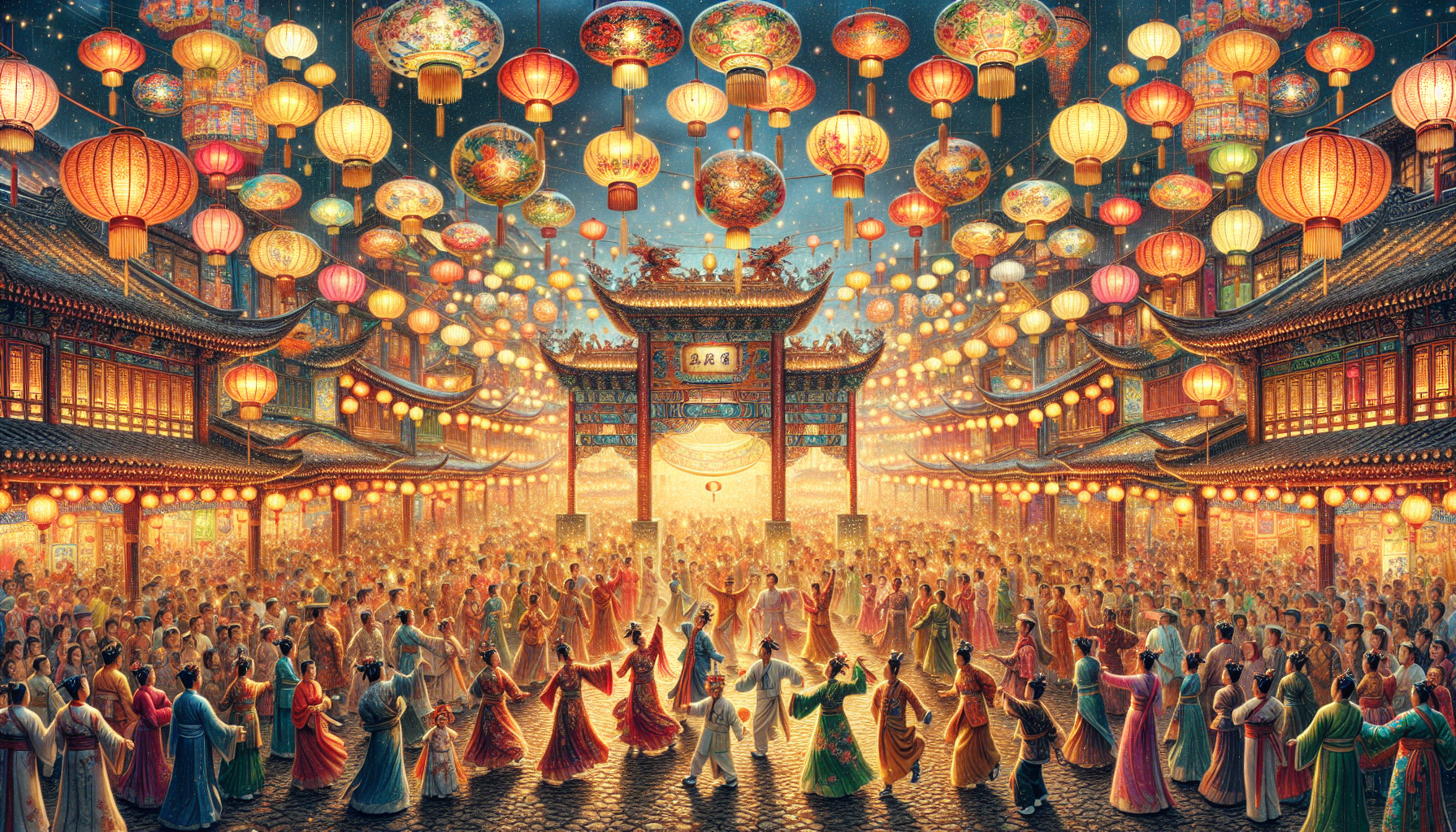Advertisements
Japan is a country full of ancient traditions, where every detail carries a deep meaning and a unique history. One of the most emblematic practices of this country is the tea ceremony, a ritual that goes far beyond simply drinking a cup of tea. Each gesture, each movement and each object used during the ceremony has a specific purpose and symbolism, making each meeting around tea a unique and enriching experience.
The tradition of tea drinking in Japan dates back centuries, when Buddhist monks brought the practice from China and transformed it into a true ritual. Today, the tea ceremony continues to be practiced throughout the country, both in formal settings and in more informal gatherings between friends and family. Every step of the ceremony is carefully planned, from the preparation of the tea to the way it is served and consumed.
In addition to its ceremonial aspect, tea in Japan also carries a deep symbolic meaning. Each type of tea has a specific meaning, representing values such as respect, humility, gratitude and harmony. Drinking a cup of tea in Japan is more than just quenching your thirst; it is a way to connect with the country’s tradition and cultural values.
Advertisements
In this article, we’ll delve deeper into the Japanese tea tradition, its different types, the importance of the utensils used in the ceremony, and the meaning behind each cup. Prepare to immerse yourself in a world of symbolism and tradition, where every sip of tea is an opportunity to connect with the rich Japanese culture.
Tea in Japan: Ancient tradition in every ritual, meaning in every cup
Origin and History of Tea in Japan
Tea has played a key role in Japanese culture for centuries. Tea was first introduced to Japan in the 8th century, when Buddhist monks brought the beverage from China. Over time, tea became an essential part of Japanese daily life, influencing not only Japanese cuisine, but also the country’s art, architecture, and philosophy.
Types of Japanese Tea
In Japan, there are different types of tea, the most well-known being green tea. Japanese green tea is famous for its high quality and unique flavor, resulting from the production and cultivation process of the leaves. In addition to green tea, there is also matcha, a form of powdered green tea widely used in traditional ceremonies.
- Green Tea
- Matcha
- Sencha
- Genmaicha
The Tea Ceremony
The tea ceremony, known as chanoyu, is a traditional Japanese ritual that involves the preparation and consumption of matcha green tea. Held in specially designated tea rooms, the tea ceremony follows a set of rules and etiquette that seek to promote tranquility, harmony, and connection with the present moment.
Advertisements
Meaning of Tea in Japan
For the Japanese, tea is much more than just a drink. It symbolizes respect, hospitality, humility and gratitude. Each cup of tea offered to a guest represents not only the care and attention of the host, but also the importance of sharing moments of conviviality and exchange.
Tea as Part of Japanese Identity
Tea is intrinsically linked to Japanese identity and tradition. Whether in formal ceremonies or casual gatherings, tea plays a central role in Japanese life, reflecting values such as simplicity, serenity and respect for nature.

The tradition of tea in Japan is deeply rooted in Japanese culture and daily life, transcending formal ceremonies to become a fixture in many aspects of daily life. Whether it’s a quiet moment of reflection at home, a relaxed conversation with friends, or even a business meeting, green tea and matcha play a central role, offering a moment of pause and connection. The practice of drinking tea goes beyond the physical act of consuming a beverage; it is a way of experiencing the values of respect, harmony, and simplicity that are so significant in Japanese culture.
Each sip of tea is an opportunity to reconnect with nature, history and the philosophy of life that permeates the tea tradition. Preparing tea, for example, can be a ritual of contemplation, where the practitioner dedicates themselves to the present moment, seeking serenity and mindfulness. This connection with the here and now is one of the most important essences of tea, reflecting the constant search for balance and harmony, which are fundamental in Japanese culture.
Therefore, tea in Japan is not just a drink, but a bond that unites people, customs and the essence of the country in a unique and meaningful way. It provides a space for reflection, the exchange of experiences and the strengthening of social bonds, while fostering an environment of peace and tranquility. Thus, the tea tradition is a celebration of the simplicity and beauty of everyday life, allowing people to feel more connected to each other and the world around them. 🍵
Conclusion
In conclusion, tea in Japan represents much more than just a simple drink, being an ancient tradition that permeates many aspects of Japanese culture. The introduction of tea to the country in the 8th century marked the beginning of a journey that influenced not only Japanese cuisine, but also art, architecture and philosophy. With different types of tea, such as the renowned green tea and the ritualistic matcha, tea in Japan is enjoyed in ceremonies such as chanoyu, where the preparation and consumption of the drink are conducted according to rules of etiquette that aim to promote tranquility and harmony.
Furthermore, tea in Japan carries with it deep meanings of respect, hospitality, humility and gratitude. Each cup offered to a guest symbolizes not only the host’s attention, but also the importance of sharing moments of conviviality and exchange. This drink is intrinsically linked to Japanese identity, reflecting values such as simplicity, serenity and respect for nature. In short, tea in Japan is a celebration of tradition and the fundamental values of the country’s culture, highlighting the importance of connecting with others and with the present. Experiencing tea in Japan is to immerse yourself in an experience rich in meaning and symbolism, which invites us to appreciate the beauty of tradition and to value the connection with the history and values of such a rich and diverse nation.




